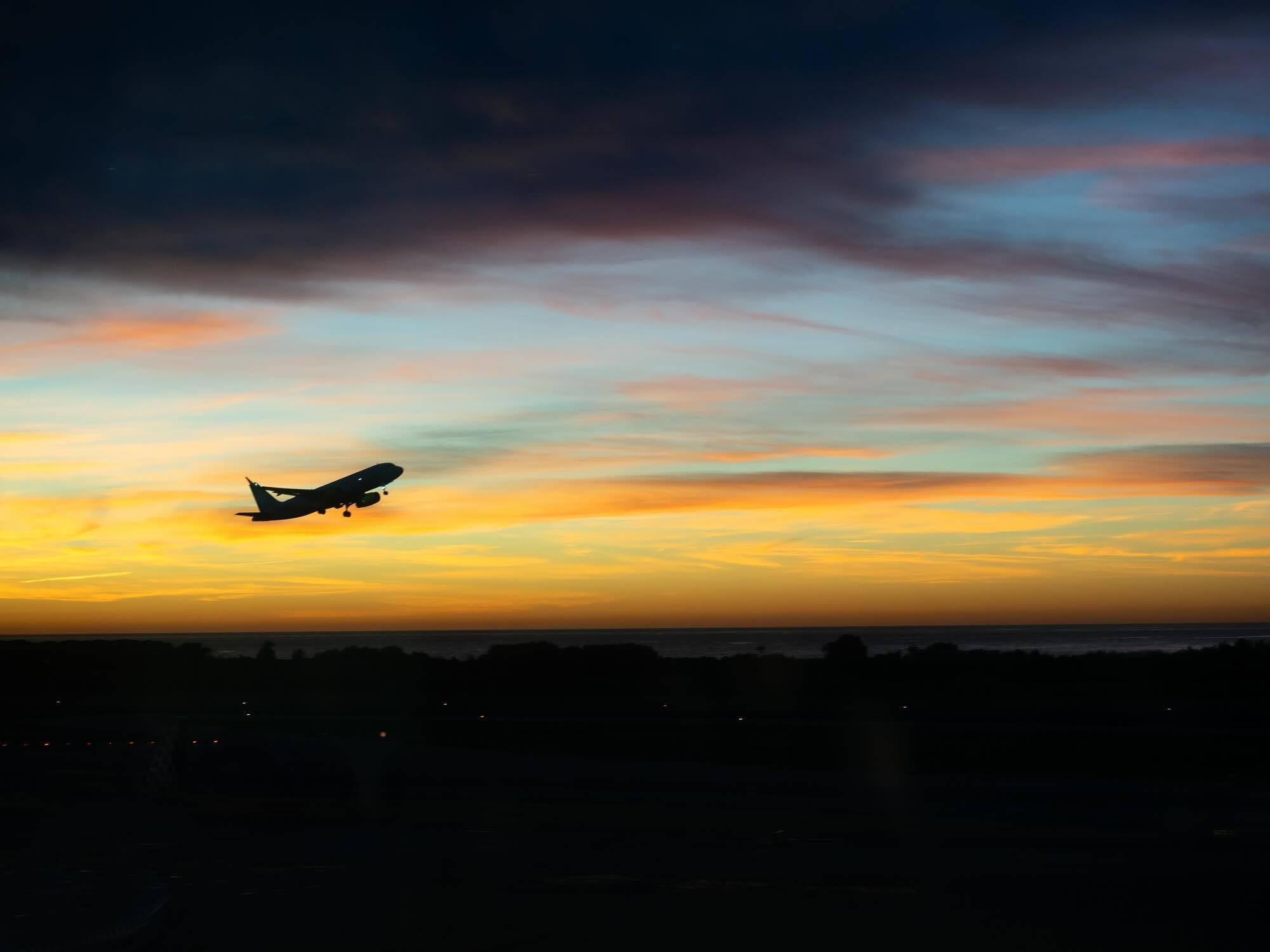
Global air freight traffic registered a surprising 4.4% year-on-year increase in March, probably due to early ordering to beat the introduction of trade tariffs. As a result, transport prices increased on certain trade routes.
1/ Supply and demand
- Traffic in March 2025
By provoking a drive to stock and consume before the arrival of the tariff storm, the trade war started by the Trump administration boosted world air freight traffic despite the morose start to the year. According to the figures of the International Air Transport Association (IATA), cargo volumes in tonne-kilometres rose 4.4% in March year on year and 3.2% month on month on a seasonally corrected basis. The result was a a traffic total of 23 billion tonne-kilometres, according to our estimates.
This recovery is a classical phenomenon in the air freight industry but its scale, according to IATA, suggests that the prospect of a big increase in US customs duties "may have prompted companies and buyers to make purchases in advance to avoid significant import fees". The recovery was more marked in the international flights segment, where traffic rose 5.5% year on year and 4.1% month on month before adjustment for seasonal factors.

* CTK: cargo tonne-kilometres – Data source: IATA
In March, there was growth on all three main air freight corridors: +7,3% on Asia-North America routes, +8,3% on Europe-Asia routes and +8,5% on Europe-North America routes. On the other hand, there were reductions in traffic on certain international corridors. This was the case on Middle East-Europe routes, where traffic was down 7.5%, but particularly on Africa-Asia routes, where traffic slumped 40.2%. This reduction affected the results of the airlines in these areas, moreover. As IATA's figures show, carriers in the Middle East and Africa were the only ones to have registered an overall reduction in cargo volumes in March.
Conversely, carriers in the Asia-Pacific region led international air freight growth, recording a 9.6% increase in traffic year on year, more than the 5.2% they registered in February. They showed slightly stronger growth than the North American airlines, which nevertheless recorded the highest rate of growth month on month, with a 7-percentage-point increase to 9.5%. This was "likely driven by a trade surge ahead of U.S. tariffs on Chinese goods", IATA suggested.
- Traffic in the first quarter
The March traffic rebound allowed the air freight industry to show an increase in traffic in the first quarter of 2025 despite the year getting off to a poor start.

* CTK: cargo tonne-kilometres – Data source: IATA
- Capacity
Global air freight capacity increased in March, rising 4.3% year on year overall and 6.1% in the international segment alone. This was a reversal of the trend, after the 0.2% dip in capacity year on year seen in February. Overall, capacity progressed a little less quickly than demand, paving the way for a slight 0.1% increase in load factor, which thus edged up to 47.5%. The position was a little different, however, in the international segment, which represents the bulk of activity. In this segment, load factor slipped back 0.3 points to 53.7%.
Passenger aircraft holds still represented the bulk of capacity but there was a telling development in March. Available capacity on cargo aircraft, which had been tending to diminish, was up 0.1%. In February 2025, the market share of all-cargo aircraft even fell to 43.7%. Clearly, the airlines increased capacity to meet the additional demand generated by the prospect of additional customs duties.
2/ Rate trends
Air freight rates are tending to stabilise in 2025, as IATA predicted they would. Two markets stand out, however, among the corridors monitored by Upply. They are the intra-Asian and Asia-Europe markets. The Asia-Europe market also showed significant year-on-year growth.

Source: Upply Freight Index
These results are very positive for the air transport companies, given the big reduction in fuel costs. "Brent crude’s average price in March fell to USD 72.6, marking eight straight months of YoY (year-on-year) decline," IATA said. "This represents a 15.1% decrease compared to last year and a 3.5% drop from February. Jet fuel costs plunged even more sharply, falling 17.3% YoY to USD 88.9 and decreasing 6.0% MoM (month on month) - marking the second month in a row of declines."
3/ Prospects
According to IATA, global economic indicators showed positive signs in early 2025. Industrial production, corrected for seasonal variations, increased 3.2% year on year, as it did in January. World trade by volume also progressed 2.9% year on year.
The new customs tariff policy of the United States and the lack of visibility regarding its enforcement have considerably undermined these positive signs, however. Initially, their announcements from the US may have been beneficial to the air freight sector, as can be seen in the March traffic results, and this could again be the case to some extent in April, thanks to early ordering. In the longer term, however, the sector faces a real threat, which could be all the more serious for the fact that, apart from additional customs duties, the air freight industry is set to be impacted by another specific measure - the abolition of customs duty exemptions for goods from China, Hong Kong and Macau. Until now, these shipments were exempted from customs duties if they were worth less than USD800. Since 2 May 2025, they have been subject to duties representing 120% of their declared value or USD100 per parcel and, from 1 June 2025, they will be subject to a set charge of USD200 per parcel. This measure will have a major impact on cross-border e-commerce, a market which has been a strong driver of freight volume growth in recent years.
Of course, air freight traffic extends beyond trade between China and the United States but the cargo flows generated by this trade are massive and play a key role in determining the general trend for the year. The outlook for the air freight industry, as for the economy in general, are dependent on the decisions taken by the United States after the 90-day negotiating period. If the US opts to calm things down, the situation could be positive for the air transport companies, which are otherwise in a positive position, thanks to the fall in fuel costs. If there is no agreement, however, and heavy additional customs duties are imposed, countries which have so far not taken retaliatory measures, like those in the European Union, will have no choice but to do so, if only to preserve their credibility in the trade negotiations. We would then move into a period of great turbulence which is likely to significantly reduce growth prospects.
Our latest articles
-
Subscriber 2 min 19/12/2025Lire l'article -
Container shipping in 2025
Lire l'article -
Air cargo: the rerouting of flows is confirmed
Lire l'article



